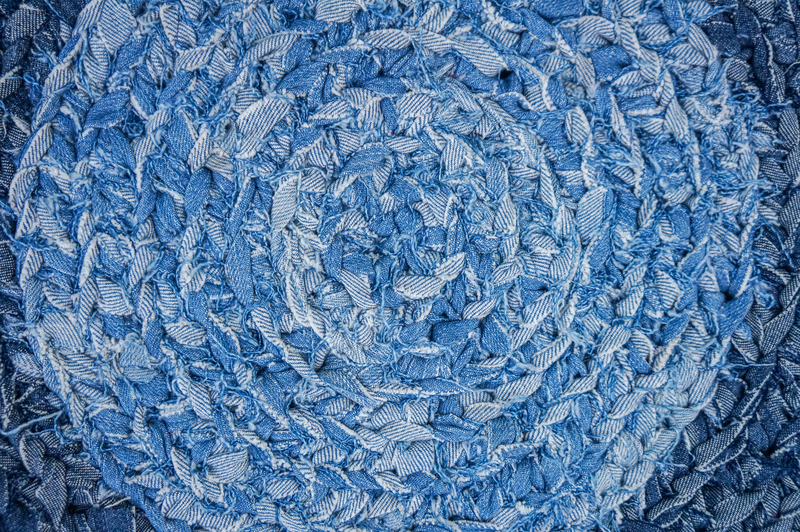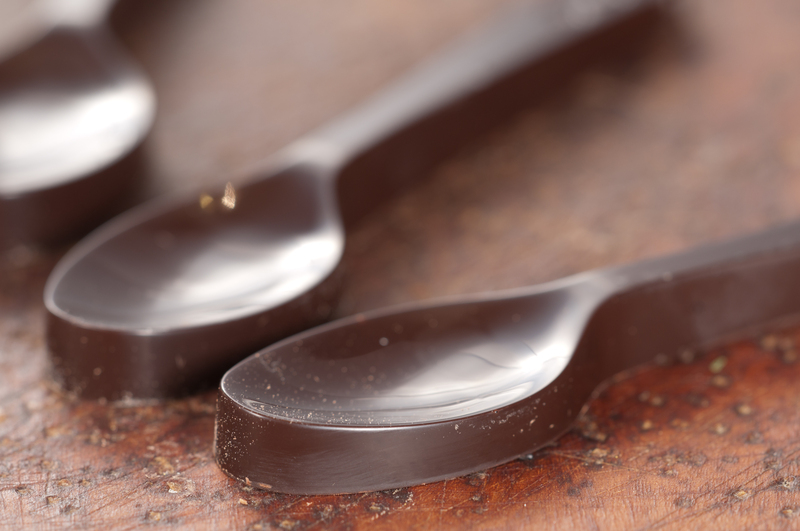Turning Garden Waste Into Mulch
Posted on 06/09/2024
Mulch has many great benefits for your garden, from helping control weeds to reducing water evaporation and adding valuable nutrients to the soil. But you don't always need to buy pre-made mulch from a store; with a little effort you can make your own mulch at home by turning garden waste into mulch. In this article we'll explore the steps involved in turning garden waste into mulch, the materials you'll need to get started, and some tips for using homemade mulch effectively.
What Is Mulch?
Mulch is a material that is spread over the surface of soil or planted areas in order to retain moisture and provide nutrients for plants. It also helps reduce water evaporation, keep the soil cool, control weeds and prevent soil erosion. Mulches can be organic (such as compost, shredded leaves or grass clippings) or inorganic (such as gravel or stone). The type of mulch used depends on the particular needs of the plants being grown and can vary in color, consistency and texture.

Why Use Homemade Mulch?
Using homemade mulch gives you greater control over how much organic matter your soil will receive while also reducing the amount of money spent on store-bought mulches. Homemade mulches are often made up of garden waste such as grass clippings, leaves, wood chips and bark that would otherwise be thrown away. Not only does this save money on buying bagged mulches but it also reduces your garden's impact on the environment by diverting material from landfills.

How To Turn Garden Waste Into Mulch
The process of turning garden waste into mulch starts with collecting the various materials from around your yard or neighbourhood. Common sources include fallen leaves, grass clippings, pruned branches and wood chips from tree trimmings. Any plant material that has not been treated with chemicals should be safe to use as long as it doesn't contain any animal droppings. Once you have all your materials ready, it's time to start making your mulch:
1. Start by spreading out all your collected materials in a single layer on a tarp or sheet of plastic so that it's easier to move around when needed. If possible, allow the material to dry out for a few days before proceeding with the next steps.
2. Cut up any large pieces of material with shears so that they will be easier to spread evenly across your beds once they are turned into mulch. This step is optional but will help create more uniformity when laying down the finished product.
3. Now it's time to start turning your garden waste into usable mulch! Start by placing the collected materials into a chipper/shredder machine where they will be processed into smaller pieces suitable for spreading onto gardens beds or along paths for walkways. Alternatively, you can use a hammer mill or hoe if you don't have access to a chipper/shredder machine.
4. Once all your materials have been processed into small pieces it's time to spread them evenly across the bedding or pathway area where they will be used as mulch. Make sure that there are no large chunks left behind and that everything is spread out evenly over the desired area before moving onto the next step.
5. Finally sprinkle some fertilizer over the top of your newly created mulch and lightly rake it in so that it can start providing essential nutrients to nearby plants as soon as possible! This step is especially important if you are using an organic material like compost which may not have enough nutrients on its own for young seedlings or established plants alike.
Using Homemade Mulch Effectively
Homemade mulches can be just as beneficial for gardens and pathways as those purchased from stores but are important things to keep in mind when using these types of materials:
o Be aware of what type of material you are using - if using plant material such as leaves then make sure they don't contain any animal droppings which could contaminate nearby fruit trees or harm other plants if eaten by pets or children;
o Organic materials like wood chips will break down over time so they should only be used if you plan on regularly replacing them;
o Remember to add fertiliser if needed so that plants can absorb essential nutrients from the ground;
o Keep an eye out for weeds sprouting up through the mulch; regular weeding may be necessary if this happens; o Make sure no large chunks remain after spreading over planting beds or pathways - these can impede growth of nearby flowers and vegetables while blocking water flow;
o Allow new layers of homemade mulch time to settle before planting any new seedlings - this will give them enough space without competing with existing roots systems for vital resources like water and oxygen;
o Place new layers of homemade of mulch around existing plants at least two feet away - failure to do so can cause roots systems from already established plants become suffocated due to overcrowding;
o Don't use too much - using too much homemade mulch has been known to stunt root growth while causing soggy soil conditions which may promote fungal problems ; With these tips in mind there is no reason why creating homemade muller won't give great results while saving both money and resources!




